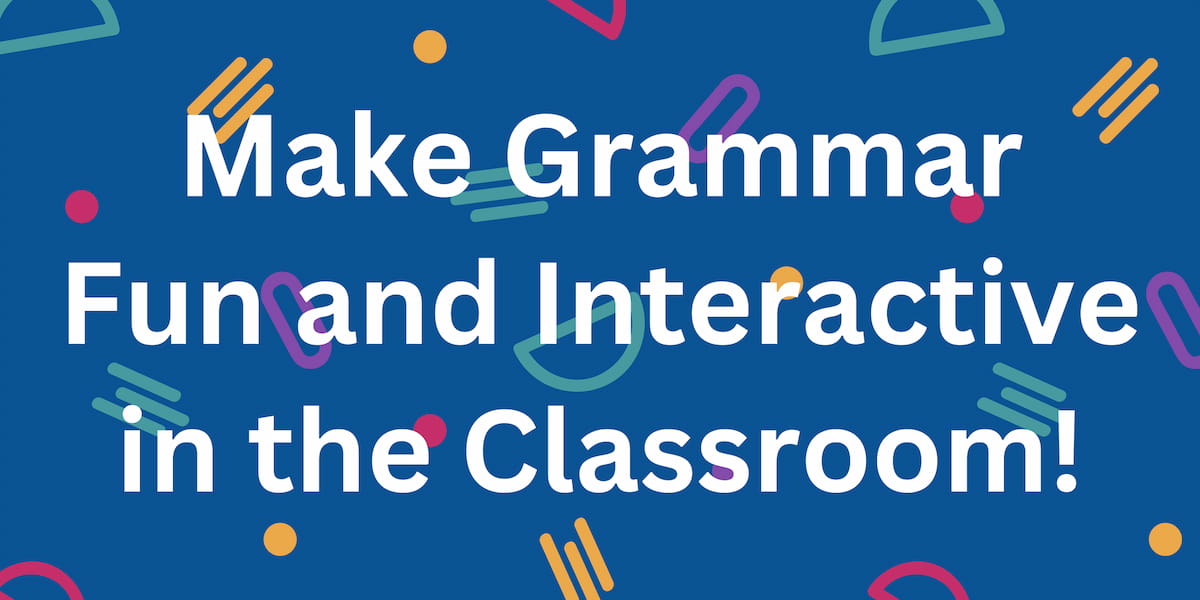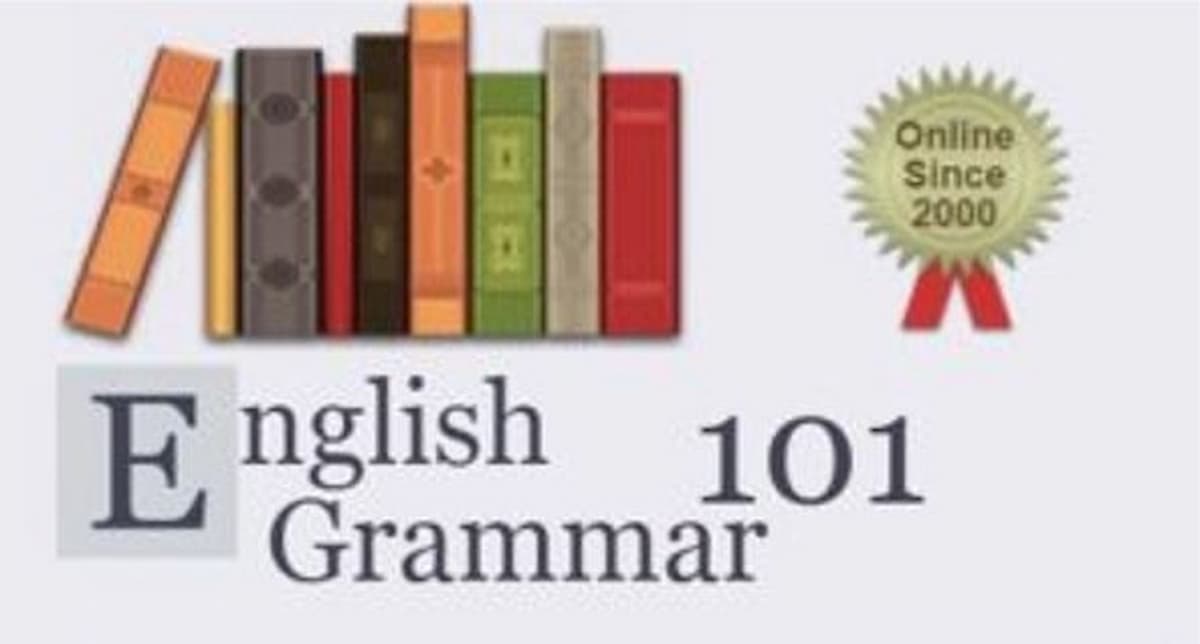
Contrary to popular belief, grammar doesn’t have to be a dull and monotonous learning experience. With great English/Language Arts teachers like you, you can engage your middle school students by incorporating fun and interactive activities into your lessons and make learning grammar enjoyable. Let’s explore some effective strategies to transform grammar lessons into dynamic and interactive experiences that foster student engagement and understanding.
Gamify Grammar:
Introduce grammar concepts through educational games and activities. Create interactive quizzes, grammar bingo, or grammar jeopardy to make learning grammar a playful experience. Incorporate friendly competitions, rewards, and incentives to encourage active participation and friendly rivalry among students. Keep in mind, these games don’t always have to be the online kind. Many times, students appreciate offline opportunities to learn and practice!
Use Technology Tools:
Of course, you can leverage technology to make grammar more interactive. Explore grammar-focused websites, interactive apps, and online quizzes that provide instant feedback. We’re partial to GrammarFlip ourselves for assisting students in learning, identifying, and applying grammar concepts while making it enjoyable and interactive, but other grammar sources can be helpful as well.
Incorporate Multimedia:
Utilize multimedia resources such as videos, podcasts, and songs to reinforce grammar concepts. Find engaging grammar-related videos or create your own instructional videos to explain grammar rules in an entertaining and engaging manner. Songs with grammar themes can help students remember and internalize grammar rules through catchy tunes and lyrics.
Contextualize Grammar:
Connect grammar lessons to real-life contexts to make them more relevant and meaningful. Use authentic texts, such as newspaper articles, advertisements, or short stories, to demonstrate grammar concepts in action. Engage students in grammar activities that involve analyzing and correcting grammar mistakes in real-world scenarios. Need some grammar-in-context videos to help explain some concepts? Check out our witty and humorous grammar-in-context videos!
Collaborative Learning:
Encourage collaborative learning by engaging students in group activities and projects. Assign grammar-related tasks that require students to work together, such as creating grammar posters, designing grammar games, or performing skits that showcase proper grammar usage (or the lack thereof to create some added humor in the skit!). Collaborative activities foster teamwork, peer learning, and a sense of ownership in the learning process.
Interactive Worksheets and Manipulatives:
Introduce interactive worksheets that allow students to actively participate. Use manipulatives like sentence strips, word cards, or magnetic words to create hands-on grammar activities. Students can physically manipulate the words to build sentences, identify parts of speech, or practice sentence structure.
Incorporate Humor:
Infuse humor into your grammar lessons to create a lighthearted and enjoyable atmosphere. Share funny grammar jokes or grammar fails to create humorous examples that highlight grammar rules. A touch of humor can alleviate any anxiety students may have towards grammar and make the learning experience more enjoyable. By keeping the topic light, it will remind students that no one is perfect and that we are all human and make mistakes in our writing and speaking.
Making grammar fun and interactive in the classroom not only enhances student engagement but also promotes deeper understanding and retention of grammar concepts. By gamifying grammar, using technology tools, incorporating multimedia, contextualizing grammar, fostering collaborative learning, utilizing interactive worksheets, and infusing humor, teachers can create an engaging and vibrant learning environment that sparks students’ enthusiasm for grammar. Remember, when grammar becomes enjoyable, students are more likely to embrace and apply their knowledge effectively.
Read More

English Grammar 101 Alternatives

When You Ask for Analysis but You Get Summary Instead

Establishing Confident Writers Through Creativity and Self-Expression

Brainstorming Through Writer’s Block

Four Steps to Teaching Your Students Adverbs

How to Fire Your Internal Critic

What Just 10 Minutes of Daily Journaling Can Do for Student Writing



